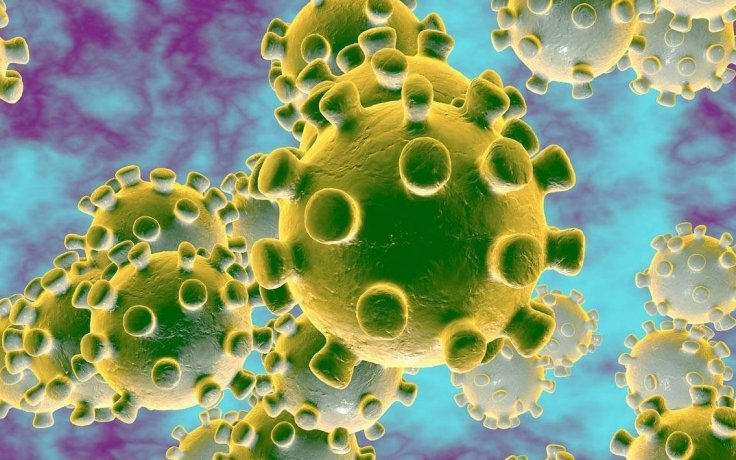The World Health Organisation is in a tight spot after 239 scientists from 32 countries wrote an open letter claiming that smaller particles of the fatal coronavirus lingering in the air are infecting people, thus making the spread of the fatal virus airborne. Since its outbreak in the Wuhan province of China in December last year, coronavirus has infected over 11 million people globally.
The possibility of coronavirus spreading through air gained momentum after 53 members of a choir group in Mount Ver Vernon, Washington, contracted the fatal virus despite following standard protocol including the use of hand sanitizer and avoiding hugging or shaking hands, in March. Later two members died due to COVID related complications.
Experts Claim UV Lights, Masks Can Curb Spread of Virus Through Air

Until now both the WHO and the US Centers for Disease Control and Prevention have insisted that the global pandemic spreads either through inhaling respiratory droplets from an infected person in your immediate vicinity or touching eyes, nose, or mouth after coming in contact with a contaminated surface.
According to the Los Angeles Times, many experts believe that the spread of the fatal virus is also possible through a third way, which is airborne particles. Quoting multiple studies, the experts said that the particles are known as aerosols, microscopic versions of standard respiratory droplets, can hang in the air for long periods and float dozens of feet, making poorly ventilated rooms, buses and other confined spaces dangerous, even when people stay six feet from one another, reported the outlet.
Claiming that they were 100 percent sure about the spread of the virus through air, Lidia Morawska, a professor of atmospheric sciences and environmental engineering at the Queensland University of Technology in Brisbane, Australia, accused the WHO of failing to issue appropriate warnings about the risk.
Speaking to the outlet, Jose Jimenez, a University of Colorado chemist who signed the letter, said the idea of aerosol transmission should not frighten people. "It's not like the virus has changed. We think the virus has been transmitted this way all along, and knowing about it helps protect us," he went to add.
The experts claiming the airborne transmission of the virus insisted that aerosols can be prevented from escaping into the air by wearing the masks correctly. They also went to add that improved ventilation and using ultraviolet lights inside the closed spaces will also aid in the reduction of aerosols.
WHO Debunks Study Saying Findings Are Laboratory Experiments
Even though WHO has accepted the possibility of virus transmission through aerosols, but the organization insisted that it is possible only during the medical procedures which include intubation of the infected person. However, responding to the claims made by the experts in their open letter, Dr. Benedetta Allegranzi, a top WHO expert on infection prevention and control, told The Times that the theories presented by the experts were based on laboratory experiments rather than evidence from the field.
"We value and respect their opinions and contributions to this debate. But in weekly teleconferences, a large majority of a group of more than 30 international experts advising the WHO has "not judged the existing evidence sufficiently convincing to consider airborne transmission as having an important role in COVID-19 spread," Allegranzi said in a mail sent to the outlet. The WHO expert went on to add that airborne transmission would have resulted in many more cases and even more rapid spread of the virus.









